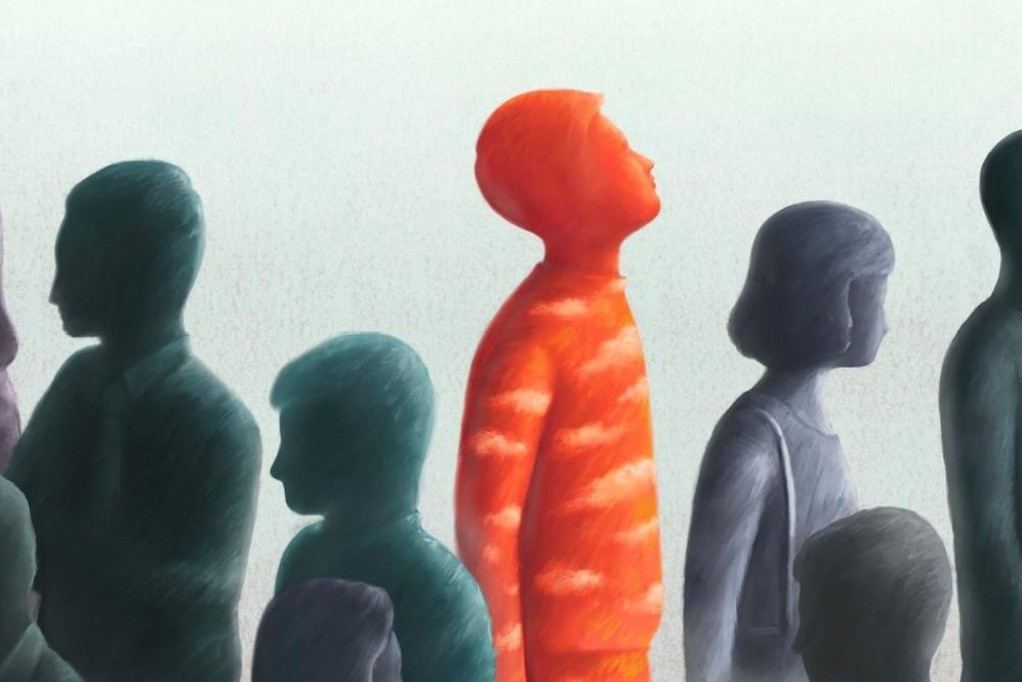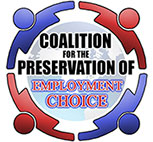Opinion: I’m tired of disability activists pretending my son doesn’t exist
Amy S.F. Lutz is a historian of medicine at the University of Pennsylvania, a founding board member of the National Council on Severe Autism and the author, most recently, of “Chasing the Intact Mind: How the Severely Autistic and Intellectually Disabled Were Excluded from the Debates that Affect Them Most.”

Jonah is incapable of passing through the world unnoticed — except, somehow, by policymakers and certain neurodiversity activists, who seem intent on denying that people with his level of disability exist and require extensive accommodation and care.
Take, for instance, the Labor Department, which announced in late September that it plans a “comprehensive review” of Section 14(c) of the Fair Labor Standards Act, which allows some vocational programs to pay some adults — overwhelmingly people with significant cognitive impairments — a subminimum wage based on standardized assessments of their productivity.
These programs offer job training for intellectually disabled adults interested in pursuing competitive minimum-wage jobs, as well as long-term opportunities for those whose impairments preclude conventional employment but who benefit from the structure, dignity and satisfaction of work.
That, however, is not how critics describe 14(c) settings, which for years have been targeted by disability rights activists perpetuating an image of evil capitalists getting rich off the sweat of impoverished, disabled workers. To date, 16 states have eliminated this subminimum-wage model. Now, advocates on both sides are wondering whether the Labor Department’s review represents the death knell of 14(c).
I want to make clear that I think everyone in these debates is motivated by the same commitment: to help those with autism and severe intellectual and developmental disabilities live full, meaningful lives. But as the parent of a profoundly autistic son, I find the discourse by anti-14(c) activists alarming because of how little their narratives reflect reality.
These are the facts: Rather than going to for-profit businesses, 93 percent of 14(c) certificates are held by nonprofit community rehabilitation programs. And no participants are expected to live off the wages they earn. Typically, 14(c) placement is part of a suite of federal and state benefits — including Supplemental Security Income, transportation and residential services — whose costs frequently run into the six figures per year per person.
Most important, 14(c) programs are extraordinarily popular with participants and their families. In 2020, the U.S. Commission on Civil Rights (UCCR) considered the future of the subminimum wage. In doing so, it solicited comments from the public and received nearly 10,000 — more than it had for any other issue.
Almost all the comments (98 percent) favored preserving 14(c) and cited many factors, including the supportive environment and participants’ preference for a community of similarly disabled peers — the chance to work alongside others while engaged in a variety of tasks, such as shredding documents, recycling plastic, slipping greeting cards into envelopes, or sorting and shelving items in a thrift shop. But the biggest reason, typically articulated by parents on behalf of adult children whose impairments make self-advocacy impossible, was that their kids are simply not capable of competitive, minimum-wage labor.
That this basic truth has become so controversial illustrates a deeper problem with much disability rights advocacy: It is predicated on a sanitized version of disability in which there is no such thing as severe cognitive impairment.
Consider the core assumption of Employment First, a framework developed by the Labor Department’s Office of Disability Employment Policy and adopted by 38 states: “All individuals, including those individuals with the most significant disabilities, are capable of full participation in Competitive Integrated Employment.” This sounds lovely and inclusive, but it ignores the lived experience of profoundly autistic people and their families.
There is no evidence, for example, that closing 14(c) programs catalyzes significant migration into competitive minimum-wage employment. The sparse data available suggest the opposite. A 2012 update from Washington state noted that despite an investment of $50 million into employment services for the intellectually and developmentally disabled, only 17 percent of severely affected adults were able to find jobs. A 2015 George Washington University analysis of the impact of closing 14(c) programs in Maine reported that, post-closure, use of non-employment day services (what some parents describe as “glorified babysitting”) increased by almost 500 percent.
The Labor Department has promised to solicit public comment as part of its “comprehensive” 14(c) review. But that doesn’t mean it will listen. Although virtually all the comments to the UCCR favored preserving this model, the commission recommended its elimination anyway.
It is incumbent on the Labor Department — as it is on all agencies, bureaucrats and legislators crafting disability policies — to privilege the experiences of the profoundly disabled individuals who are the greatest consumers of disability services. This is not a small group: The Centers for Disease Control and Prevention recently reported that almost 27 percent of people with autism spectrum disorder meet the criteria of “profound autism” as specified by the 2021 Lancet Commission — including intellectual disability (IQ below 50), limited language and the need for round-the-clock supervision.
My son has too many challenging behaviors to work in a 14(c) program — which suits him fine, because his idea of a good life includes lots of long walks, hamburgers and soft pretzels, and an attentive caregiver to sit with him and take dictation of his “fun lists” (numbered phrases about animals, people and colors). But I advocate for the program’s preservation for the same reason I support other models that would never be appropriate for him: because I believe the range of potential settings should be constrained only by the limits of our imagination, not by government regulations trying to shoehorn every member of an extraordinarily diverse population into one option.
To get to that point, we need to have honest conversations about impairment — not pretend it away.


